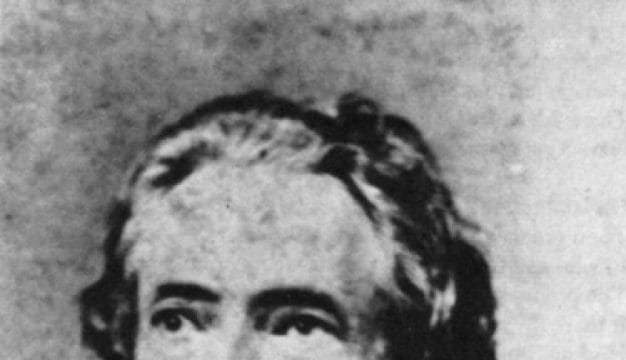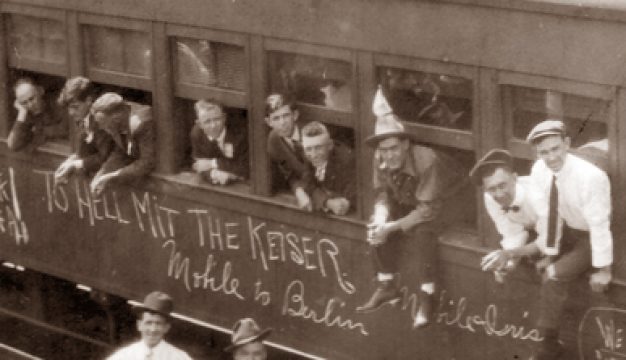Thornton Dial
 Thornton Dial
Thornton Dial (1928-2016) was an internationally recognized artist who worked primarily in the medium of painting, although he also has created large-scale sculptures. His works most commonly are in the form of very large canvasses that incorporate paint as well as assemblages of found objects composed into both abstract and representational pieces. He used these assemblages to comment on world affairs, civil rights, racism, and other aspects of human culture and nature. Early in his professional career, his art was categorized as "outsider" or "folk" art, a designation used to describe the work of self-taught artists working outside the mainstream art world. But as his reputation grew, and more art critics engaged with his work, these designations were dropped, as his work became recognized for its sophistication and skill alongside other well-known professional artists. Dial's works are held in collections throughout the United States, including the Metropolitan Museum of Art in New York City, the High Museum of Art in Atlanta, the Montgomery Museum of Fine Arts, and the Birmingham Museum of Art.
Thornton Dial
Thornton Dial (1928-2016) was an internationally recognized artist who worked primarily in the medium of painting, although he also has created large-scale sculptures. His works most commonly are in the form of very large canvasses that incorporate paint as well as assemblages of found objects composed into both abstract and representational pieces. He used these assemblages to comment on world affairs, civil rights, racism, and other aspects of human culture and nature. Early in his professional career, his art was categorized as "outsider" or "folk" art, a designation used to describe the work of self-taught artists working outside the mainstream art world. But as his reputation grew, and more art critics engaged with his work, these designations were dropped, as his work became recognized for its sophistication and skill alongside other well-known professional artists. Dial's works are held in collections throughout the United States, including the Metropolitan Museum of Art in New York City, the High Museum of Art in Atlanta, the Montgomery Museum of Fine Arts, and the Birmingham Museum of Art.
Thornton Dial was born on September 10, 1928, in Emelle, Sumter County, to Mattie Bell, then a teenager. His extended family lived on a large farm and worked as sharecroppers. At the age of three, he and half-brother Arthur moved in with the family of a second cousin, Buddy Jake Dial. Buddy Jake earned his living as a farmer, but he also made sculptures from found objects, and Thornton Dial has stated that this early influence inspired his desire to become an artist. He noted later in life that he had very little schooling. At the age of 12, he and a half-brother moved in with relatives in the Pipe Shop neighborhood of Bessemer, Jefferson County, did odd jobs and carpentry and grew vegetables for sale. Dial later gained employment as a metalworker at the Pullman Standard box car factory there. He stated that Black employees were not allowed to have jobs using machinery and were typically employed as helpers. After several years, however, he was able to become a blowtorch operator and learned many of the skills that he would use in his sculptures doing this work, including cutting and welding. In 1951, he married Clara May Murrow, and the couple would have perhaps five children.
During down times at the factory, Dial worked as a laborer, house painter, carpenter, and farmer. He used the skills he acquired in these jobs to build his own house in Bessemer. All the while, he was making art from objects he found in his neighborhood. At the time, he hid his work from public view, believing it to be just a waste of time. In fact, he noted in an interview that he buried a great deal of his early work. In 1983, Dial retired from his job with Pullman and opened Dial's Metal Patterns with his sons at their home. They manufactured garden furniture and decorations and other items for sale, including fishing lures. Fellow Birmingham artist Lonnie Holley saw some of the lures for sale and, intrigued, sought Dial out and brought along the prominent art collector Bill Arnett. He is the founder of the Souls Grown Deep Foundation, a nonprofit created to promote southern African American art and artists and support economic development in underserved communities in the South. Arnett and the organization are best known for their international promotion of the quilts of Gee's Bend, Wilcox County. Arnett noted that Dial began pulling work after work from an old shed on his property and immediately recognized its quality.
 Thornton Dial Tiger
That visit began a lifelong friendship and partnership between Dial and Arnett, who offered Dial financial support and helped to promote his art to galleries and museums. He also introduced him to other southern self-taught Black artists. In 1990, Arnett bought a large home and studio for Dial, where he lived for the rest of his life with several of his family members.
Thornton Dial Tiger
That visit began a lifelong friendship and partnership between Dial and Arnett, who offered Dial financial support and helped to promote his art to galleries and museums. He also introduced him to other southern self-taught Black artists. In 1990, Arnett bought a large home and studio for Dial, where he lived for the rest of his life with several of his family members.
Dial's large-scale multimedia compositions include rope, torn fabric, metal pieces, toys, rocks, and anything else Dial found and considered worth adding to them. He often incorporated tigers into his work, viewing them as symbols of bravery in the face of struggle based on a former union organizer in Bessemer who went by that nickname.
Many of Dial's works reflect events from the civil rights movement or from world events swirling in the media at the time of their creation. For example, The Last Day of Martin Luther King (1992) features a large cat and a disembodied head and arms amidst a swirl of black and white shapes and red abstract floating heads. Don't Matter How Raggly the Flag, It Still Got to Tie Us Together, created after the United States invaded Iraq in 2003, is composed of torn pieces of the American flag reconstituted as a new version of the banner. The sculpture Shacktown (2000) resembles a bust figure and is constructed of corrugated tin, metal barrels, and a frame picture of Jesus and evokes the materials found in the homes of the rural poor.
Dial's first major exhibition came in 1993, with a joint show at the New Museum of Contemporary Art and the Museum of American Folk Art. Soon after, the weekly network news show 60 Minutes aired a segment on Dial and other Black southern artists and their relationship with Arnett that painted the artists as simple folk exploited by the wealthy white collector. The segment implied that Arnett was inflating the prices of works that were not "real" art. The piece was criticized by other members of the contemporary folk art community, but it dampened the enthusiasm for Dial's art as it was beginning to gain notice. Asked about the segment, Dial stated that he knew exactly what his art was worth and what his talents were, and believed that his work was just as worthy of inclusion in major exhibitions as that of any white, classically trained artist.
Despite the early controversy, Dial's work continued to sell and to be recognized for its originality and skill. Art critics came to view Dial as being on the same artistic plane as Pablo Picasso, Jackson Pollock, and Robert Rauschenberg. Unlike these and similar artists though, Dial had no exposure to their work. Over his lifetime, he was the subject of numerous exhibitions at major institutions, including the Smithsonian Institution, the High Museum of Art, the Brooklyn Museum, and the Montgomery Museum of Fine Arts. His works are held in important collections throughout the United States, and several of his children and grandchildren continue to create art on the family property.
Dial died on January 25, 2016, in McCalla, which is located in both Tuscaloosa and Jefferson Counties.
Additional Resources
Cubbs, Joanne, and Eugene W. Metcalf. Hard Truths: The Art of Thornton Dial. Birmingham, Ala.: Vulcan Press, 1954.



